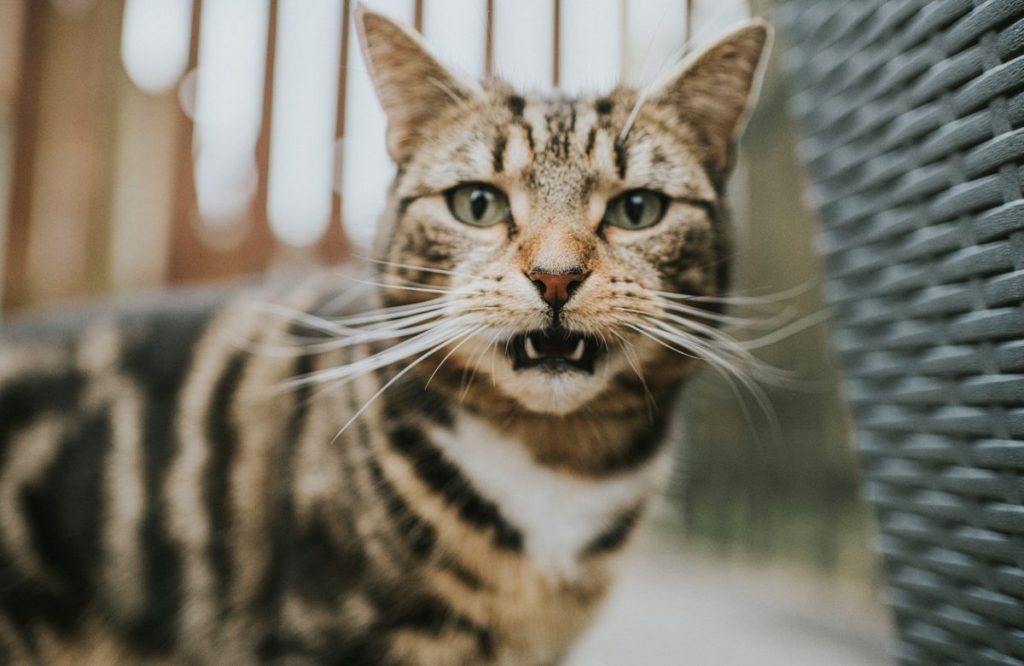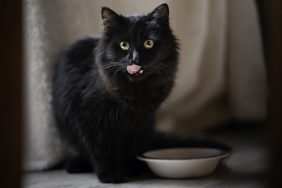Cats often receive criticism for appearing distant or unemotional. Unlike dogs, they generally have a more understated way of expressing themselves — perhaps just with a simple twitch of the ear or curl of the whiskers. Very few studies have tried to unravel the complex emotional lives of these animals. However, researchers have now found that cats communicate with each other…

The third Wednesday in April is Banana Day! You'll be happy to know that cats can occasionally eat bananas without problems,…






